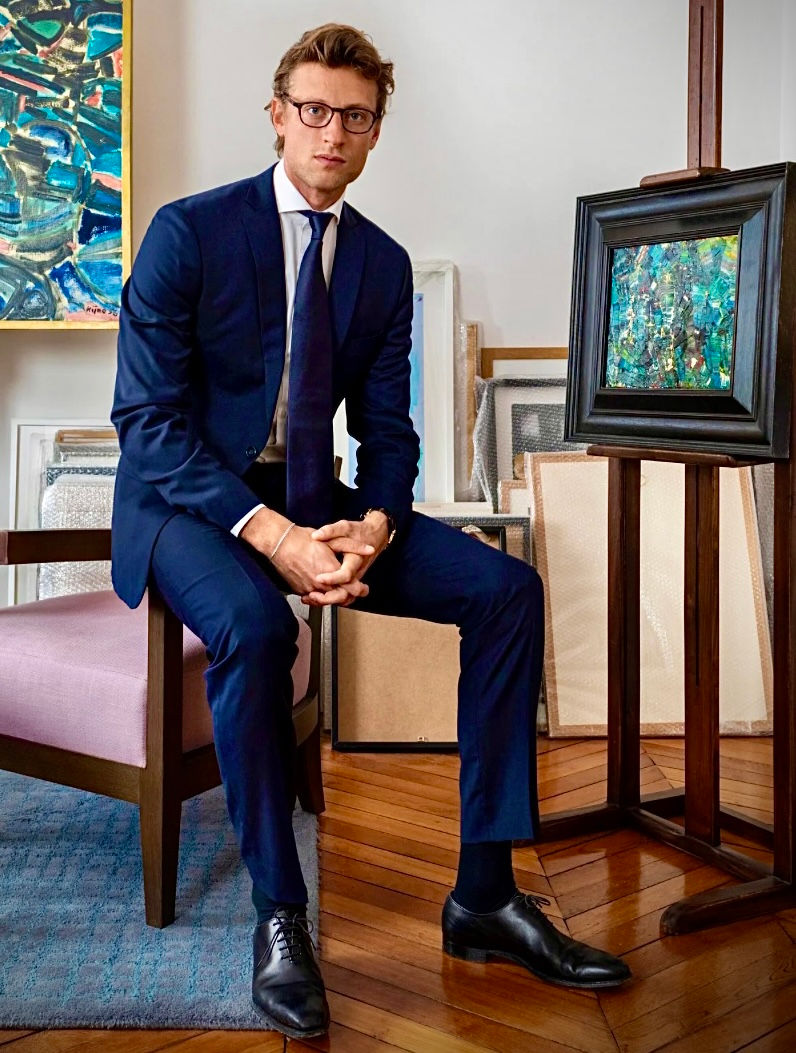Jun Takahashi's Undercover: Chaos + Balance = Japan's Subversive Chic.
- T
- Nov 8, 2023
- 2 min read
Japan, a nation known for its near-flawless culture, beckons travellers with its captivating blend of hospitality, design, cuisine, and architectural wonders. It's a land where rituals seamlessly weave through society, showcasing meticulous organization and an innate courtesy that's almost invisible in its grace.
The vibrant streetscape of Japan is ever-changing, reflecting the country's vibrant culture and its love for fantastic food. In Japan, you can even pinpoint your location by the nuanced flavours of your miso soup, with the east boasting dark, salty tones, while the west delights with a sweet and light touch. It's a place that challenges you to find something less than utterly desirable.
Then there's Tokyo, a surreal rabbit hole that entices with its incandescent spectacle. This is a city where you can be anyone you want and find everything you've ever imagined, from whimsical cat cafes to provocative fetish restaurants. In the midst of this mesmerizing realm stands Jun Takahashi, the creative genius behind the iconic label, Undercover.

Undercover embarked on its journey with a distinctive punk rock spirit. Over the past decade, it has gracefully risen to the upper echelons of high fashion. Never one to shy away from subversion, Undercover thrives on ambiguity, tapping into the pulse of underground culture.
Jun Takahashi has crafted an idiosyncratic aesthetic that seeped into the mainstream, leaving an indelible mark. This aesthetic dances on the edge of chaos, subtly tinged with humour, and acutely aware of the instabilities of our contemporary world.
The story began in the year the Iron Curtain fell, during Jun's student days. Inspired by his association with Nigo of A Bathing Ape fame, Jun opened the punk-inspired Tokyo boutique, Nowhere, in 1993. Little did anyone anticipate that Undercover would set global fashion trends.

Undercover's inaugural runway show in 1994 exuded a rebellious charm, reimagining familiar clothing with a grungy twist. With each passing year, the brand evolved, embracing sophistication and imagination. Feminine, romantic, and sartorial elements took centre stage. Jun artfully deconstructed the art of tailoring, defying conventions, and adding a dash of subversion while preserving an omnipresent hint of the inherently sinister.
The pinnacle of Jun's approach was perhaps his first Paris runway show, aptly named "Scabs." It revolved around themes of visible wounds and confronting exposure. Subsequent collections embraced the beauty-decay duality, introducing macabre facets without resorting to mere shock value. Undercover proved that it wasn't just about creating fashion; it was about making wearable statements, reinterpreting cultural phenomena and the human condition.

Mainstream brands eventually recognized Undercover's allure, resulting in successful collaborations with Supreme, Hello Kitty, Uniqlo, and, notably, Jun's fantastic futuristic Gyakusou activewear collections for Nike. Commercial success empowered Jun to broaden his creative horizons. Limited edition toys, fictional characters, and utilitarian yet artistic items like lamps graced his repertoire. He wove cinematic narratives into the fabric of Undercoverism, coexisting seamlessly with streetwear and legendary high-end couture.
Venturing into the Undercoverlab, the design studio established in 2001, offers a glimpse into a world where fashion transcends mere clothing. It's Jun Takahashi's creative vehicle for shaping and commenting on the world. Here, a vast array of references, allusions, and a fusion of media coalesce to create an artistic chaos that's finely balanced.
Undercover, under Jun's visionary leadership, is never not a captivating odyssey through the chic and subversive heart of Japan.
---
Words by AW.
Photos courtesy of Undercover.





